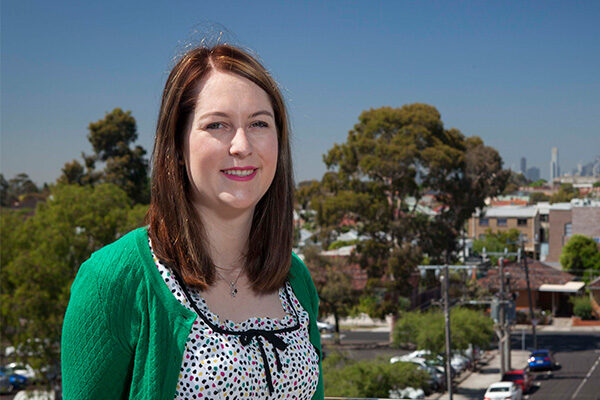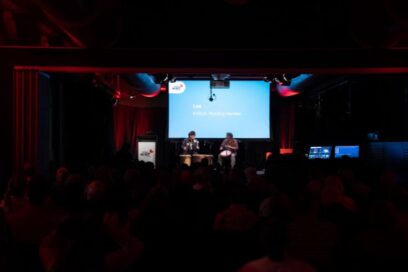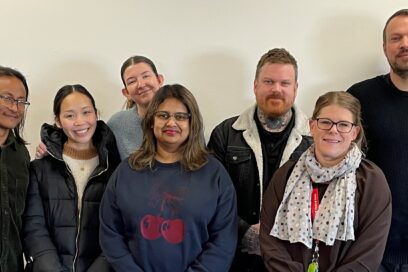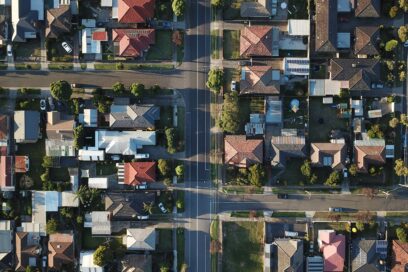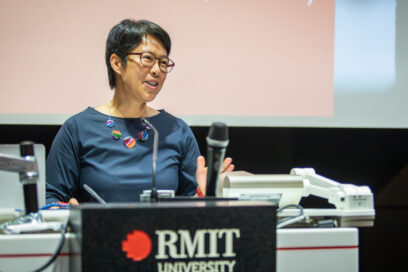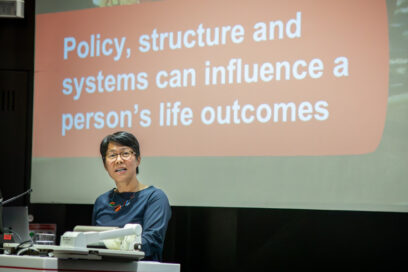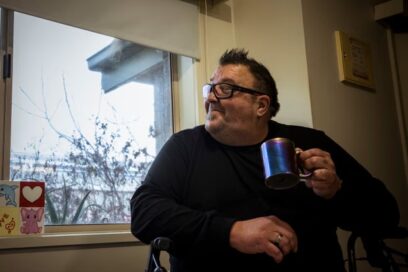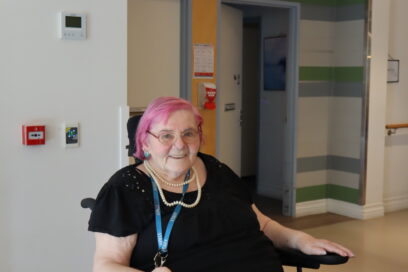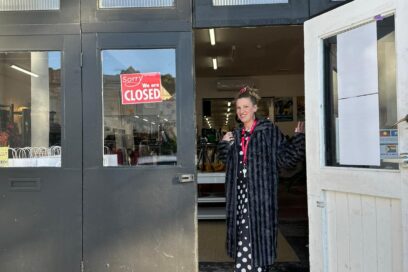For people on Newstart, very low incomes, receiving pensions or who are unable to find work, the situation is worse because there is no affordable rental property in Australia. Homelessness has increased by 13.7 per cent in the last four years. This number is growing every day and takes many forms; people sleeping rough and in their cars, couch surfing, staying in overcrowded accommodation or paying astronomical fees in private rooming houses.
To put it simply – people cannot get back on their feet when they aren’t housed. So how do we fix it?
First, we need rapid investment in safe and affordable public and social housing across the country, that suits people based on a variety of situations they may be in. This should be close to a range of services and in differing communities inter-mixed with private housing stock because this is known to prevent societal divisions based on socio-economic status and reduce income inequality.
As well as housing, people need the right level of support for their circumstances. At Sacred Heart Mission, we know with the right support, people can stay out of homelessness permanently. Additional services or ‘wrap-around services’ are required to give people the support they need to stay in housing. This individualised planned support could be focussed on improving mental health and wellbeing, resolving drug and alcohol issues, building life skills, increasing connections with community and contributing to society through economic and social inclusion – such as paid work or volunteering.
Housing ends homelessness, coupled with support; this is critical to break the cycle of homelessness. Support is also critical to prevent people who are in housing stress from entering homelessness. We need strong leadership at all levels of government to make housing affordable for everyone.
Access to safe, affordable and secure housing is a right that should be afforded to everyone in our society.
Find out about the different housing approaches available at Sacred Heart Mission.


